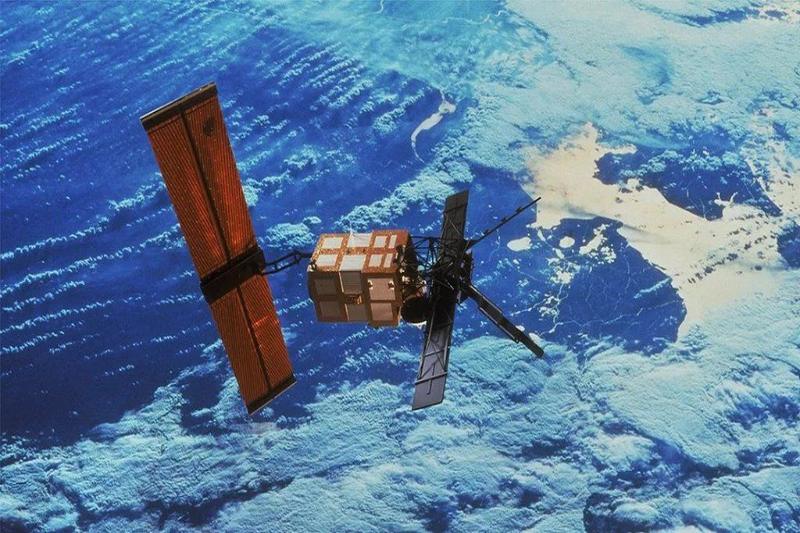29-Year-Old European Spacecraft Returns to Earth

According to the European Space Agency (ESA), a European satellite that was launched in 1995 to survey Earth and concluded its mission 13 years ago—long after its scheduled 3-year lifetime—returned to the planet on Wednesday.
According to the ESA, satellite debris fell over the North Pacific Ocean at approximately 18:17 CET (17:17 UTC). When the European Space Agency (ESA) decided to deactivate the satellite in 2011, its height had been gradually dropping.
On Wednesday, the satellite reached the crucial altitude of around 80 kilometers (50 miles) above Earth’s surface. At that point, the atmospheric drag was so great that the spacecraft started to disintegrate, according to information from the space agency on its website.
Satellite was Brought Closer to Earth Over Time
The 2.5-metric-ton (2.75-US-ton) satellite was carefully and progressively decommissioned in order to prevent the accumulation of more space debris in Earth’s orbit that could endanger ISS and other operational spacecraft.
The ESA claims that as the satellite reentered Earth’s atmosphere, the great majority of it burned up. Additional pieces of the satellite dropped into the ocean beneath.
A Large, Lifeless Satellite Returns to Earth
Once its fuel was used up, the satellite’s mass was calculated to be 2,294 kg. According to information on the ESA website, “an object of similar mass reenters Earth’s atmosphere every week or two on average.”
In a statement released following the satellite’s atmospheric break, ESA specialists reaffirmed their earlier assessment that there was almost little possibility of debris endangering people.
Earlier in the day, ESA space debris system engineer Benjamin Bastida Virgili had stated, “The odds of a piece of satellite falling on someone’s head is estimated at one in a billion.”
Information Regarding ERS-2
According to the European Space Agency (ESA), the European Remote Sensing-2 satellite was Europe’s most advanced Earth observation satellite when it was launched in 1995. It had been launched four years earlier as its sister satellite, ERS-1.
Over the course of its 16-year mission, the ERS-2 acquired data on melting polar ice, shifting landmasses, increasing sea levels, warming oceans, and atmospheric chemistry that provided important new insights into climate change.
The satellite also kept an eye on earthquakes and floods that occurred in far-off parts of the globe.